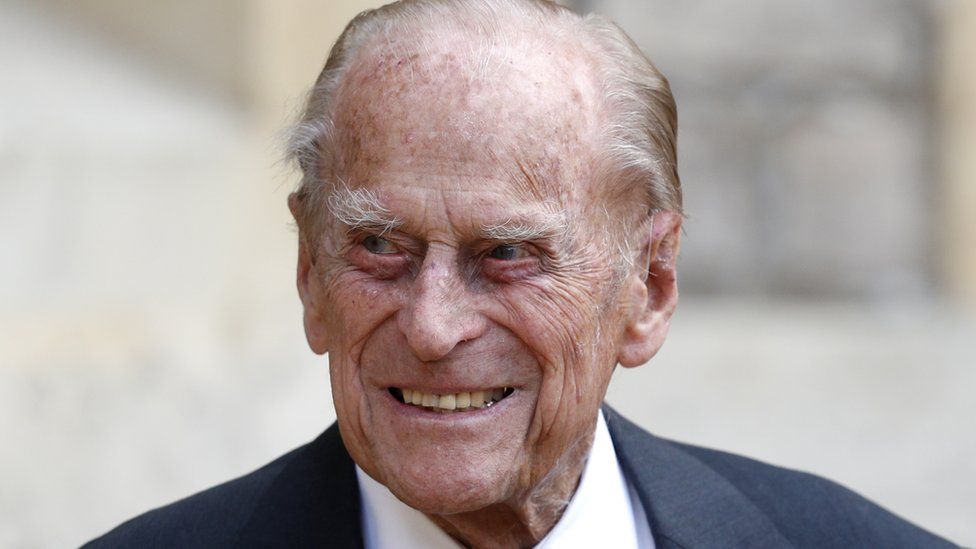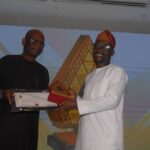Prince Phillip, the Duke of Edinburgh and royal consort of the Queen of England, who died on Friday the previous week, aged 99 years, and was buried amidst a splendid funeral on Saturday, last week, was a well-known visitor to Nigeria. He visited Nigeria a number of times but the visit that stuck to my mind was in February 1989 when he came to Borno State where I was a functionary in the government and was intimately involved with his reception.
The Duke first visited the country in 1956 as the young husband of the Queen when this country was still a colony of Great Britain. Nigeria was preparing for independence and that year the Queen herself was just four years old on the throne. The royal party flew direct to Kaduna from where they toured the three regions for several days each. The Queen’s visit followed the pattern of past royal visits here in the North which were always three-pronged: watch a durbar, visit military instalments and enjoy a few days in Jos where the mild temperate climate felt like home.
- Terrorism financing: Dozens arrested in nationwide crackdown
- 35 million Nigerians may abuse drugs by 2050 — Marwa
A high point of that 1956 visit was the spectacular durbar arranged for the royal couple in Kaduna whose sheer, magnificent pageantry put up by the emirs and chiefs, is yet to be surpassed. On their way out of the country they went through Kano airport where a formal visit to Kano city and the Emir’s Palace was arranged. It turned out to be a full treat for the royal couple as for the first time the Emir of Kano, Muhammadu Sanusi I, opened the gates of his household for the Queen to visit his wives and children.
The Duke also accompanied the Queen when she came to attend the Commonwealth Head of Governments Meeting (CHOGM) in 2003. Compared to the first visit, this one was brief, a mere four-days event which was all restricted to Abuja and its environ, due, perhaps to the parlous security situation in the country then.
The Duke, however, made many other trips to Nigeria, particularly in his capacity as President of the World Wide Fund for Nature (WWF). In 1989 he came in that capacity and yet the visit was a full blown state affair with all the diplomatic trappings. Nigeria in that period was trying hard to return to diplomatic normality with the United Kingdom after the disaster of the botched, 1985, Umaru Dikko kidnap episode in London. There was a rapid to and froing by leaders of the two countries visiting each other. President Babangida had a full state visit to Britain in May 1989. Prime Minister Margaret Thatcher, Prince Charles and Princess Diana all came into Nigeria in rapid succession within the period.
The Duke’s visit was to cover a number of states including Lagos where he would lay the foundation stone of the Lekki Conservation Centre and Kano where a durbar was planned for him by the Emir, Alhaji Ado Bayero. The one to Borno State was for the Duke to visit Dogana village of Bade local government (now in Yobe State), where a sanctuary of birds of different species from Europe and other continents of the world come to roost during winter. The spot around the Hadejia-Nguru Wetlands was of immense interest to bird-watchers world-wide, particularly those seeking out endangered species.
That February, Col. Abdu One Mohammed was just settling down as the new military governor of Borno State. He had appointed his cabinet and made a reshuffle of permanent secretaries. I was posted to the Political desk and would work directly with him. The governor had not even undertaken the obligatory visit of local government areas when the news of the Duke’s visit was announced. So with the cooperation of my colleague, Abba Gana Terab, holding the Local Government desk we contrived to start the governor’s tour from Nguru and Bade local governments. That effectively put the governor in the arena to supervise the preparation of the Duke’s visit.
On the appointed day, the military governor led Borno Government officials to receive the Duke at Wachakal village where an old airstrip had been refurbished specially for the purpose. Actually, the Wachakal airstrip is a legacy of World War II, constructed in the heat of the war for allied planes stopping over from Kano on missions to North Africa. From Wachakal, we proceeded to Dogana, a short distance away, the venue of the ceremony. The entire governor’s entourage including the personage from surrounding villages stood around the bow-lake amidst hundreds and thousands of birds chirping merrily away as the speeches were made.
It was a February afternoon at the height of the harmattan, and a dusty, dry, hot wind was relentlessly swirling around us and even struggling to whip away the sheets of paper from the hands of the governor when he was reading his speech. It would have been a disaster for myself and my staff that had worked on the draft speech for days. Nevertheless, things went well. I observed the strain on the face of the Duke though he was always standing ramrod befitting his military pedigree. His speech was short, off-the-cuff and in crisp tones. He commissioned the sanctuary and Col Abdu One led us to see him off to his plane waiting at Wachakal.

 Join Daily Trust WhatsApp Community For Quick Access To News and Happenings Around You.
Join Daily Trust WhatsApp Community For Quick Access To News and Happenings Around You.


